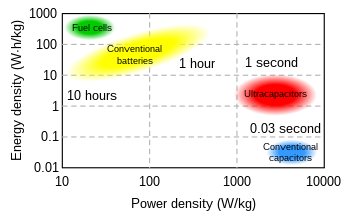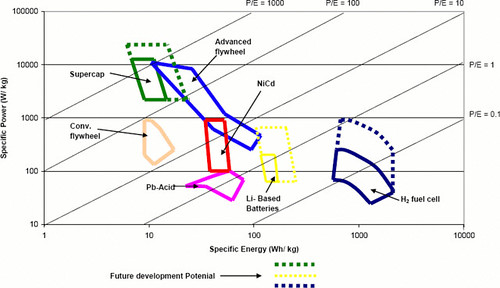- Joined
- Jul 25, 2012
- Messages
- 24
- Points
- 0
just wondering, has anyone used an ultracapacitor with a diode laser setup?
being capacitors, it doesnt seem like they shouldnt give any voltage surge when first connected, meaning they might be able to be connected directly without need for a driver, but i am not sure if the diodes internal resistance would be high enough to prevent it burning out
can anyone confirm any of this?
i plan on using 2 2.7v 3000F supercapacitors in series
if noone knows ill probably end up testing them myself, but the caps i bought wont arrive for at least a week or two. once i do the tests ill post the results here.
being capacitors, it doesnt seem like they shouldnt give any voltage surge when first connected, meaning they might be able to be connected directly without need for a driver, but i am not sure if the diodes internal resistance would be high enough to prevent it burning out
can anyone confirm any of this?
i plan on using 2 2.7v 3000F supercapacitors in series
if noone knows ill probably end up testing them myself, but the caps i bought wont arrive for at least a week or two. once i do the tests ill post the results here.
Last edited:








